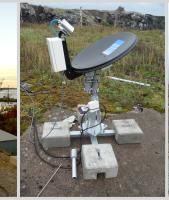Missions & Projects
Alphabetical
By Last Name:
Displaying records 1 to 24 of 80.
Show:
Aeronomy of Ice in the Mesosphere (AIM)
The AIM satellite mission is designed to explore Polar Mesospheric Clouds (PMCs), also called noctilucent clouds, to find out why they form and why they are changing.
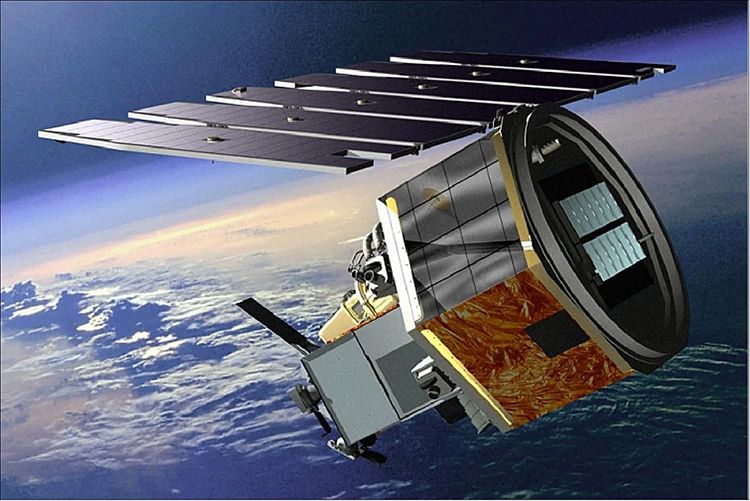
Aerosol, Cloud, Humidity, Interactions Exploring and Validating Enterprise (ACHIEVE)
Accurate retrievals of aerosol and cloud properties from space-borne sensors have been achieved with certain degrees of confidence. One of the most difficult tasks remaining to be resolved is when aerosols and clouds co-exist and interact with each other.
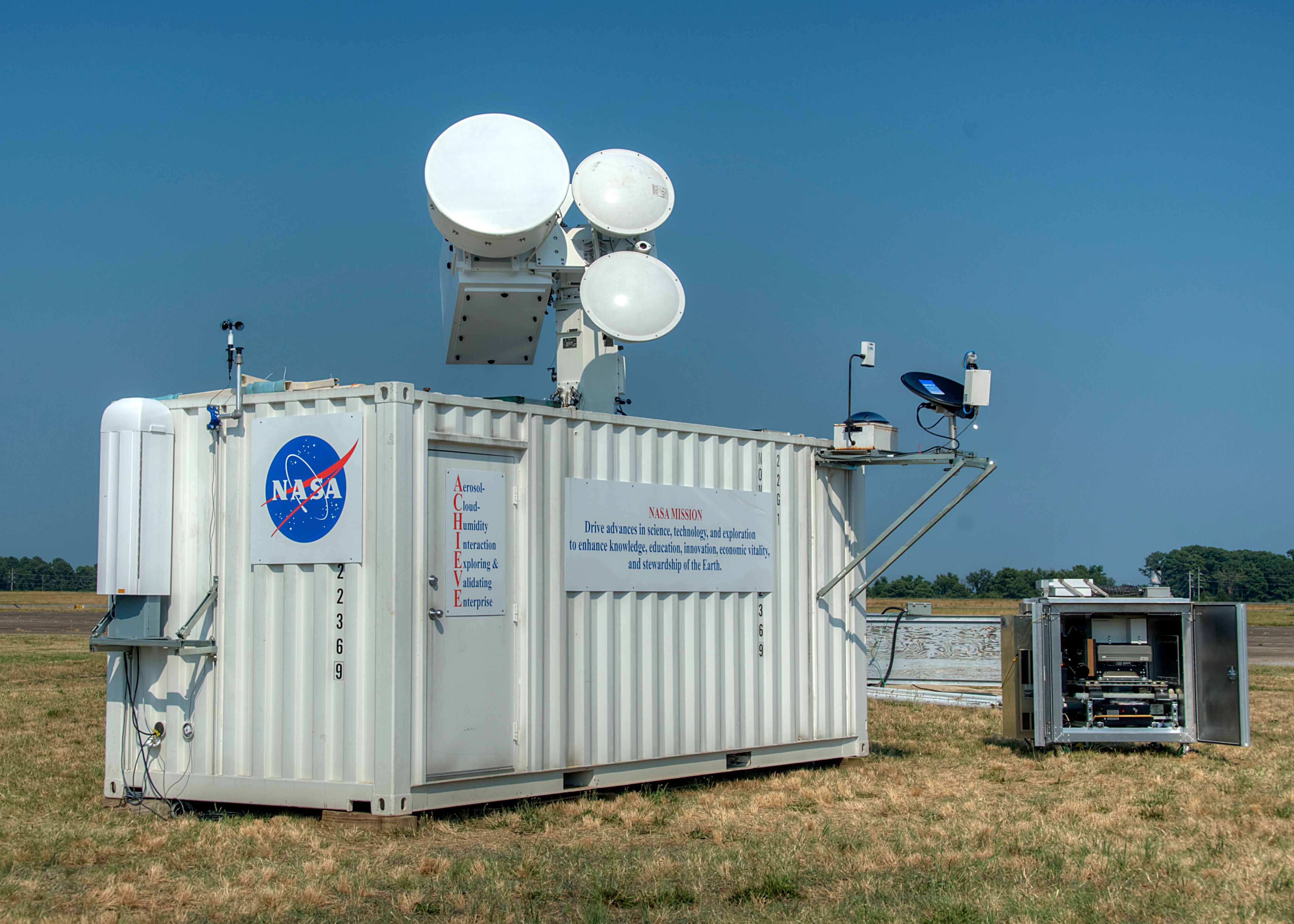
Airborne and Satellite Investigation of Asian Air Quality (ASIA-AQ)
ASIA-AQ is an opportunity for international collaboration, working with local partners to apply multi-perspective observations in a consistent strategy across interested Asian countries to improve both specific understanding of local air quality issues and general understanding of common challenges in the interpretation of satellite observations and modeling of air quality.
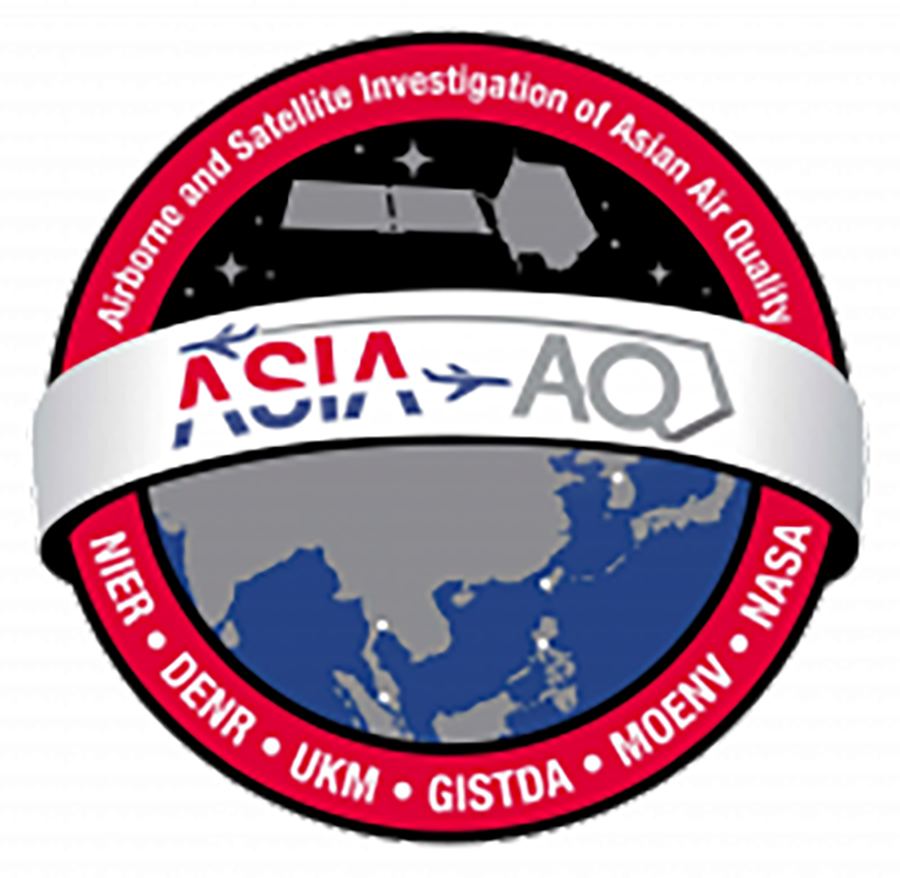
Aqua
Aqua, Latin for water, is a NASA satellite mission designed to collect information about Earth's water cycle and other aspects of the Earth system. Aqua's six instruments collect a variety of global data on ocean evaporation, atmospheric water vapor, clouds, precipitation, soil moisture, sea ice, land ice, and snow cover on the land and ice. Additional variables that Aqua measures include radiative energy fluxes; aerosols; vegetation cover on the land; phytoplankton and dissolved organic matter in the oceans; and air, land, and water temperatures. Aqua was launched on May 4, 2002.
Key Staff
- Project Scientist: Lazaros Oreopoulos
- Deputy Project Scientist: Linette Boisvert
- Instrument Principal Investigator: Miguel Román
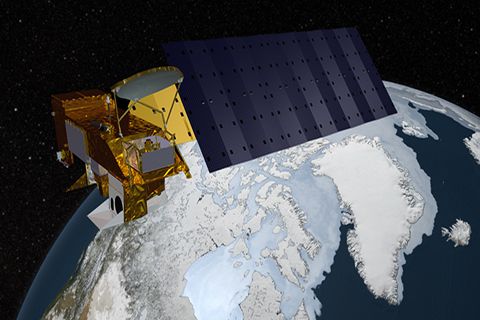
Atmospheric Lidar for Validation, Interagency Collaboration and Education (ALVICE)
ALVICE (Atmospheric Lidar for Validation, Interagency Collaboration and Education) is a ground based mobile lidar that is a roving transfer standard within the Network for the Detection for Atmospheric Composition Change (NDACC). The lidar measurements are water vapor mixing ratio, aerosol backscatter, extinction, depolarization, cloud liquid and ice water and rotational Raman temperature measurements. In addition to these lidar-based measurements additional equipment is carried in the trailer to provide balloon borne measurements (Vaisala RS-92 and Cryogenic Frostpoint hygrometer), surface reference measurements of pressure, temperature and RH as well as total column water using GPS.

Atmospheric Pressure Sounder
The long-term goal of this activity is to demonstrate the feasibility of a laser sounder instrument capable of measuring the surface-pressure field for the entire air column from satellite-to-ground with global coverage. The earth's surface pressure is a vital component of a variety of important scientific measurements, which are being undertaken at Goddard. Accurate knowledge of the surface pressure can enable calibration of 2-D measurements of CO2 content in the atmosphere and greatly improve the fidelity of surface water redistribution measurements from time-varying gravity fields. It is also important in weather prediction and atmospheric modeling.
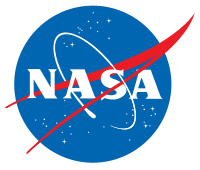
Atmospheric Radiation Measurements (ARM)
The Atmospheric Radiation Measurement (ARM) user facility is a multi-laboratory, U.S. Department of Energy (DOE) scientific user facility, and a key contributor to national and international climate research efforts.

Atmospheric System Research (ASR DOE)
Atmospheric System Research is to advance understanding of the interactions among aerosols, clouds, precipitation, radiation, dynamics, and thermodynamics.

Aura
Aura (Latin for breeze) was launched July 15, 2004. Aura is part of the Earth Science Projects Division, a program dedicated to monitoring the complex interactions that affect the globe using NASA satellites and data systems. Aura's four instruments study the atmosphere's chemistry and dynamics. The satellite's measurements will enable scientists to investigate questions about ozone trends, air quality changes, and their linkage to climate change. Aura's measurements will provide accurate data for predictive models and provide useful information for local and national agency decision support systems.
Key Staff
- Project Scientist: Bryan Duncan
- Deputy Project Scientist: Nickolay Krotkov
- Facility Scientist: Joanna Joiner

Blueflux
BlueFlux is supported by the NASA Carbon Monitoring System to measure fluxes of carbon dioxide and methane emissions over blue carbon ecosystems. The measurements are made using chambers, flux towers and aircraft flux instruments, including the CARbon Flux Experiment (CARAFE) payload. The data products will be used by local stakeholders to support mangrove and sawgrass restoration for carbon sequestration.
Key Staff
- Principal Investigator: BENJAMIN POULTER
- Co Investigator: Lola Fatoyinbo
- Co Investigator: Glenn Wolfe
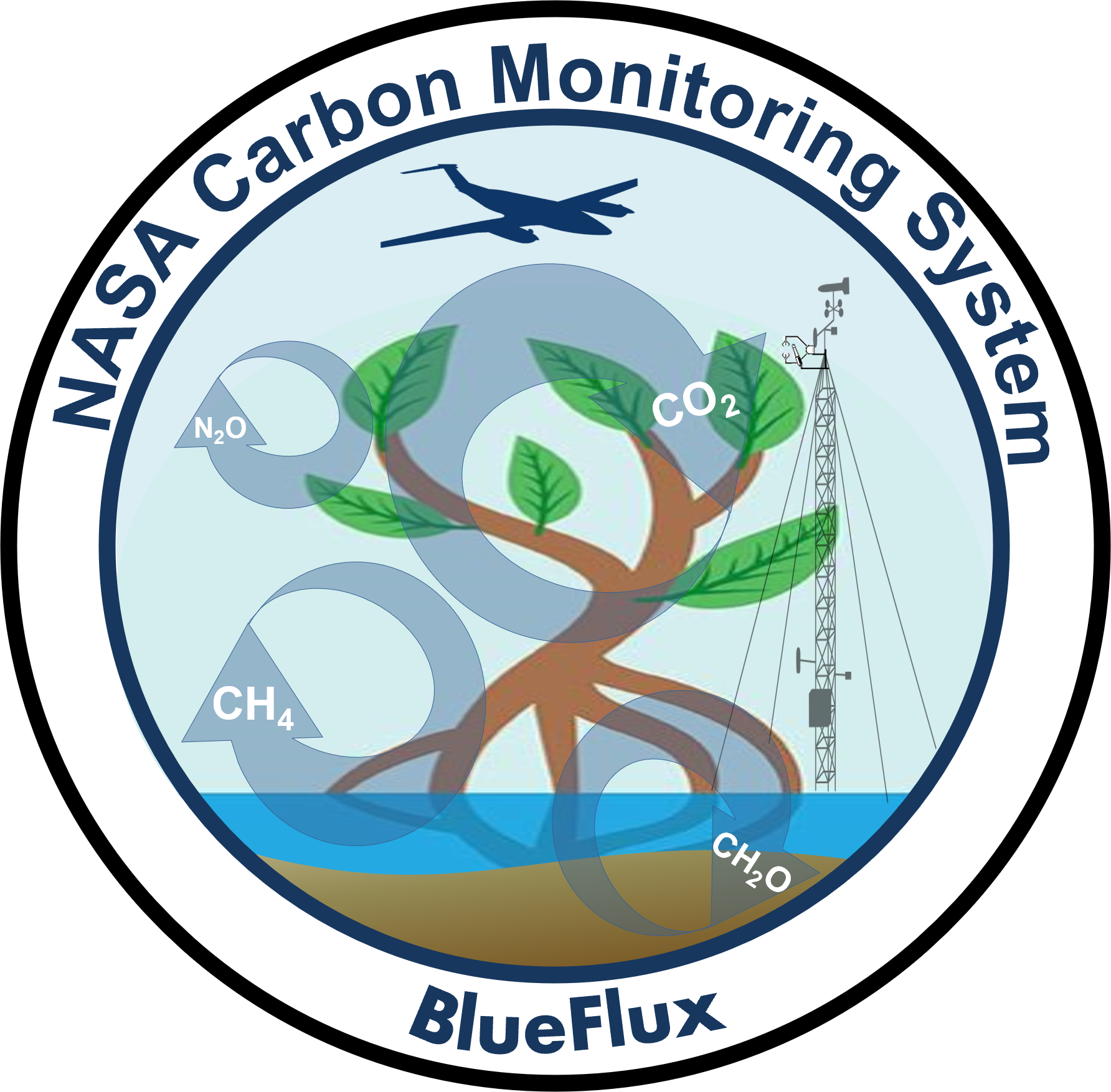
Chemical, Optical, and Microphysical Measurements of In-situ Troposphere (COMMIT)
Extending the success of the SMART mobile facility, COMMIT was built in 2006 as the companion in-situ observatory for studying basic chemical, optical and microphysical properties of atmospheric aerosols and trace gases.
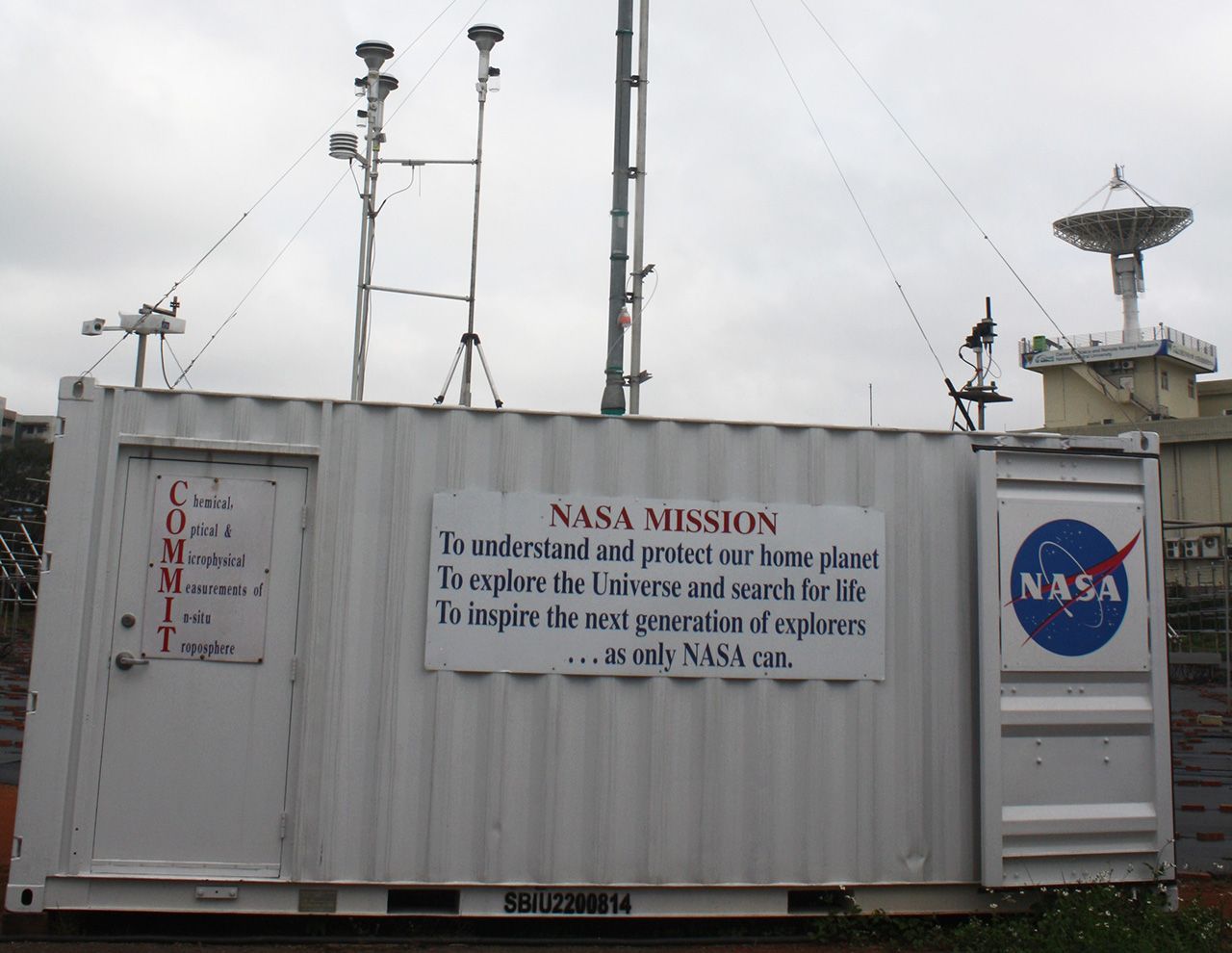
Cloud Absorption Radiometer (CAR)
The Cloud Absorption Radiometer (CAR), considered the most frequently used airborne instrument built in-house at NASA's Goddard Space Flight Center, is capable of measuring scattered light by clouds in fourteen spectral bands. It is now managed by NASA's Ames Research Center.
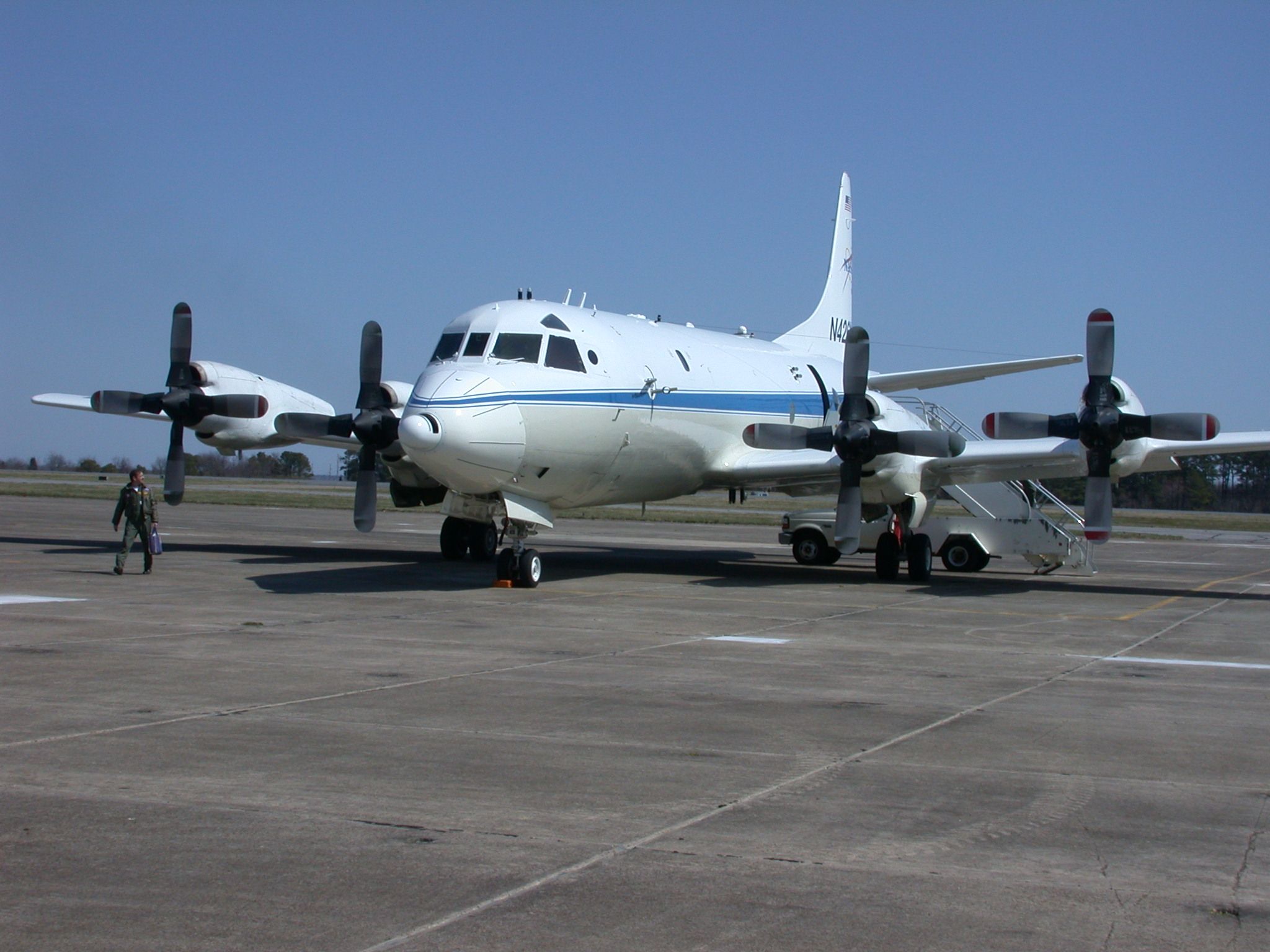
Cloud Physics Lidar (CPL)
The Cloud Physics Lidar, or CPL, is a airborne backscatter lidar designed to operate simultaneously at three wavelengths: 1064, 532, and 355 nm. The CPL flies on high-altitude research aircraft, such as the ER-2 or WB-57. The purpose of the CPL is to provide multiwavelength measurements of cirrus, subvisual cirrus, and aerosols with high temporal and spatial resolution. The CPL utilizes state-of-art technology with a high repetition rate, low pulse energy laser and photon-counting detection. Vertical resolution of the CPL measurements is fixed at 30 m; horizontal resolution can vary but is typically about 200 m. From a fundamental measurement of 180-degree volume backscatter coefficients, various data products are derived, including time-height cross-section images; cloud and aerosol layer boundaries; optical depth for clouds, aerosol, and planetary boundary layer; and extinction profiles.
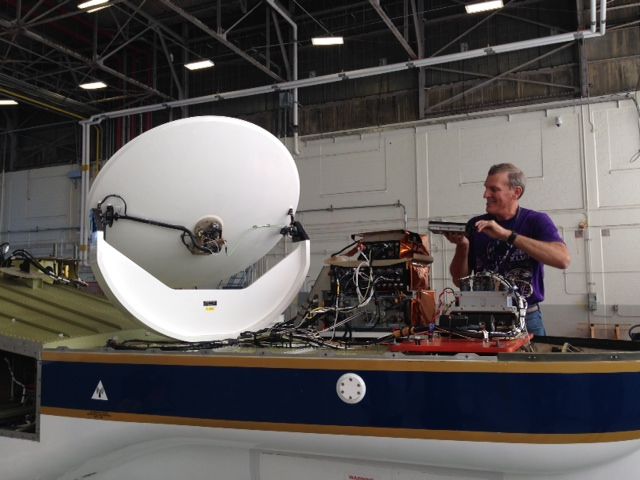
Cloud Radar System (CRS)
The CRS is a 94 GHz (W-band; 3 mm wavelength) Doppler radar developed for autonomous operation in the NASA ER-2 high-altitude aircraft and for ground-based operation. It provides high-resolution profiles of reflectivity and Doppler velocity in clouds and has important applications to atmospheric remote sensing studies. The CRS was designed to fly with the Cloud Lidar System (CLS) in the tail cone of an ER-2 superpod. It was upgraded from 2012 through 2014 to include a new solid-state transceiver with pulse compression, data system, digital receiver, antenna, and power supply.

Clouds and the Earth’s Radiant Energy System (CERES)
The Clouds and the Earth’s Radiant Energy System (CERES) project provides satellite-based observations of ERB and clouds. It uses measurements from CERES instruments flying on several satellites along with data from many other instruments to produce a comprehensive set of ERB data products for climate, weather and applied science research.
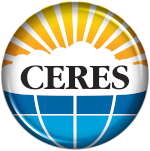
Compact Scanning Submillimeter-wave Imaging Radiometer (CoSSIR)
The Compact Scanning Submillimeter-wave Imaging Radiometer (CoSSIR) is an airborne, 12-channel, (183 - 874 GHz) total power imaging radiometer that was mainly developed for the measurements of ice clouds. But it can be used for estimation of water vapor profiles and snowfall rates. When first completed and flown in the CRYSTAL-FACE field campaign during July 2002, the system had 15 channels at different frequencies.
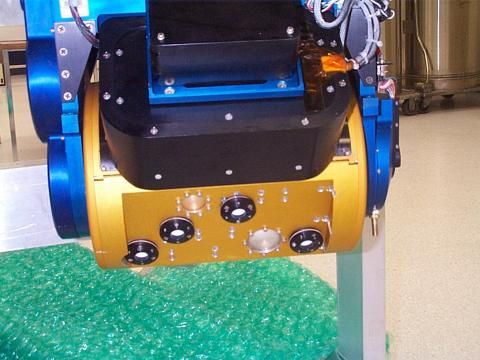
Conical Scanning Millimeter-wave Imaging Radiometer (CoSMIR)
The Conical Scanning Millimeter-wave Imaging Radiometer (CoSMIR) instrument is an airborne, 9-channel total power radiometer originally developed to calibrate and validate the Special Sensor Microwave/Imager/Sounder (SSMIS) for the Defense Meteorological Satellite Project (DMSP) F-series satellites. CoSMIR has four receivers near 50, 91, 150, and 183 GHz which measure horizontally polarized radiation with vertically polarized measurement capability at 89.0 and 165.5 GHz. CoSMIR was flown for calibration/validation of the SSMIS in 2004-2005 off coastal California. Currently, CoSMIR has been modified to play the role as an airborne high-frequency simulator for the GPM Microwave Imager (GMI). The 9 channels of CoSMIR for GMI validation are at the frequencies of 50.3, 52.6, 89 (H & V), 165.5 (H & V), 183.3±1, 183.3±3, and 183.3±7 GHz. All channels besides 89 and 165.5 GHz will be horizontally polarized.

Continual Intercomparison of Radiation Codes (CIRC)
A reference source for GCM-type radiative transfer (RT) code evaluation. Contributes to the improvement of solar and thermal RT parameterizations.

Deep Space Climate Observatory (DSCOVR)
DSCOVR, formerly called Triana, is the first Earth-observing satellite in an Lagrange-1 or L1 orbit. It supports a number of scientific instruments, including EPIC and NISTAR. EPIC (Earth Polychromatic Imaging Camera) is a 10-channel sepctroradiometer that provides daily 13 (in winter) or 22 (in summer) 10 narrow band spectral images of the entire sunlit face of Earth.
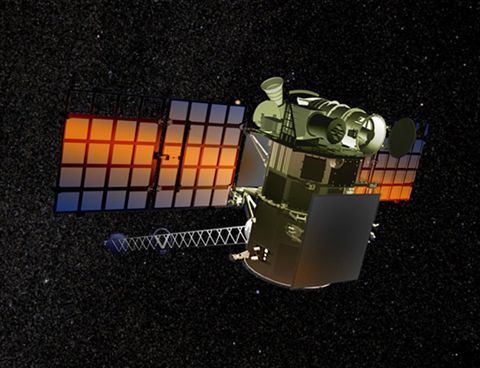
Disdrometer and Radar Observations of Precipitation facility (DROP)
Home based at Wallops Flight Facility (WFF), DROP provides ground-based measurements of hydrometeor properties including size, number concentration, shapes, fall speeds, and water contents for both liquid (e.g., rain) and frozen (e.g., snow) hydrometeors. DROP instrument assets include the following: 5 Two Dimensional Video Disdrometers (2DVDs), 24 Parsivel Disdrometers, >100 Tipping Bucket Raingauges, including a high density autonomous network being deployed on the Delmarva Peninsula, 3 Micro Rain Radars, 9 Pluvio weighing gauges, 7 Yankee Environmental Hot Plate sensors, and Snow Video Imagers. These assets are combined with WFF polarimetric radar assets (e.g, NPOL) measurements to provide detailed physical characteristics of precipitation in the atmospheric column.
